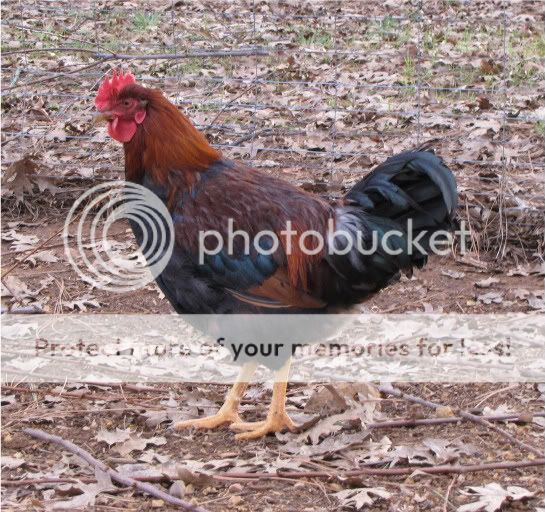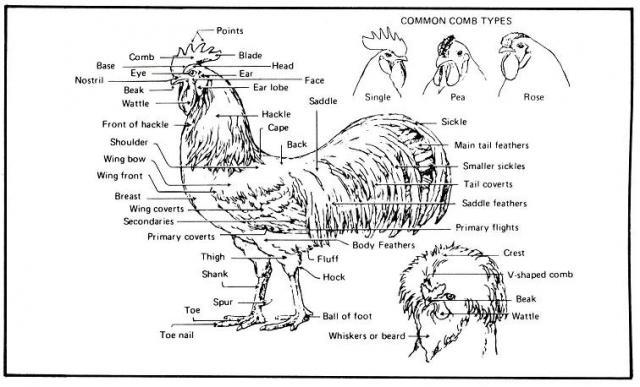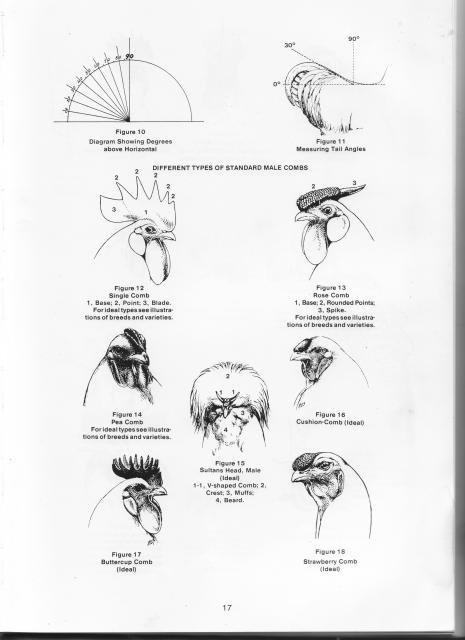Ok so saddle feathers are the feathers in back? Pointed male/round female? Is that true in all breeds
Comb and waddle development So we are looking at 6 to 8 week old chicks and we have red comb and waddle developing. Roo? If so is that true on all breeds or are there exception breeds to this rule?
What is Roo behavior. I have my 2 roos and frankly I think the hens are more roo like than my roos. I still have a huge rooster that will pretend to lay eggs and sing egg songs to make the gals lay. So what are the roo behaviors we are looking for?
Some have mentioned how they hold their body. Is there a difference in how they stand?
In general I guess the information I am looking for is what can we new people look at to help us determine male/ female before they actually lay an egg or crow. I had a year old rooster who never did crow and year old hens that never laid. That would be a long wait for a new person. Just looking for tips that those with experience have found to be helpful in sexing.
Comb and waddle development So we are looking at 6 to 8 week old chicks and we have red comb and waddle developing. Roo? If so is that true on all breeds or are there exception breeds to this rule?
What is Roo behavior. I have my 2 roos and frankly I think the hens are more roo like than my roos. I still have a huge rooster that will pretend to lay eggs and sing egg songs to make the gals lay. So what are the roo behaviors we are looking for?
Some have mentioned how they hold their body. Is there a difference in how they stand?
In general I guess the information I am looking for is what can we new people look at to help us determine male/ female before they actually lay an egg or crow. I had a year old rooster who never did crow and year old hens that never laid. That would be a long wait for a new person. Just looking for tips that those with experience have found to be helpful in sexing.







